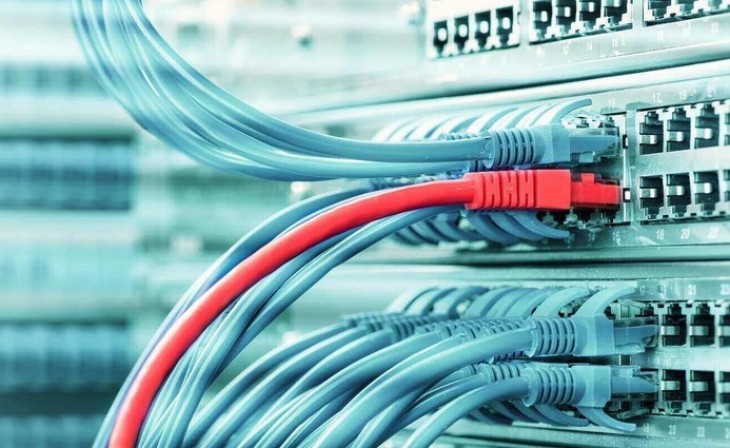With new fiber speeds, Ethernet will be used more
Why Ethernet Usage Increases With Higher Fiber Speed
In addition to the changes that have occurred in terms of Internet speed, the truth is that we have also seen notable differences in how we connect to the network. If we think about how we navigated a few years ago, in most cases it was through a computer connected by LAN cable to the router. There were not so many devices with Wi-Fi connectivity and it was also very limited in terms of stability and speed.
However, now we can see that the use of Ethernet is going to increase. On many occasions, we will stop using Wi-Fi to reconnect our computers by cable, as well as other compatible devices such as a television. But why is this going to happen?
Once again we have to go back to how the Internet is changing. Today we can see rates of up to 1 Gbps symmetric. In order to take full advantage of that speed, we are going to need compatible hardware both by cable and by Wi-Fi. And without a doubt, the latter case is less frequent due to the limitations of the wireless network hardware that our computers generally have.
We can always see the maximum speed of the Wi-Fi card. It is common to have wireless adapters in laptops that do not support a theoretical speed greater than 866 Mbps. So, could we take advantage of a symmetric fiber optic rate of 1 Gbps? But if we go to more extreme cases, sometimes we cannot even exceed 600 Mbps.
This is going to push many users to choose to connect through Ethernet in order to take advantage of the maximum speed of fiber optics. If for example, we have 300 Mbps symmetric, this speed can be achieved in most cases through Wi-Fi, provided that the conditions are correct. But if that speed is higher, such as 600 Mbps symmetric or 1 Gbps, the limitations are greater.
The use we make of the network also has an influence
The use we make of the Internet today also has an influence. We see more content in Streaming, we use the cloud more or we have more connected devices. We can do all this over both Wi-Fi and Ethernet, but let's think of a TV on which we are going to watch Netflix and we want to make the most of the speed so that the quality is the best.
Wireless coverage may not be good and we don't have an amplifier to improve it. Perhaps we have the option of connecting the television directly to an Ethernet cable and in this way achieve the maximum possible speed and be able to see quality content.
In short, the new fiber-optic speeds, as well as, in part, the use we make of the Internet, is going to make the use of Ethernet increase. We are going to see a change in trend compared to what we have seen in recent years. This does not mean that we'll stop using Wi-Fi, far from it. It won't even mean that wireless networks will be less used, but it is going to push us to use more cables than we have used recently.




